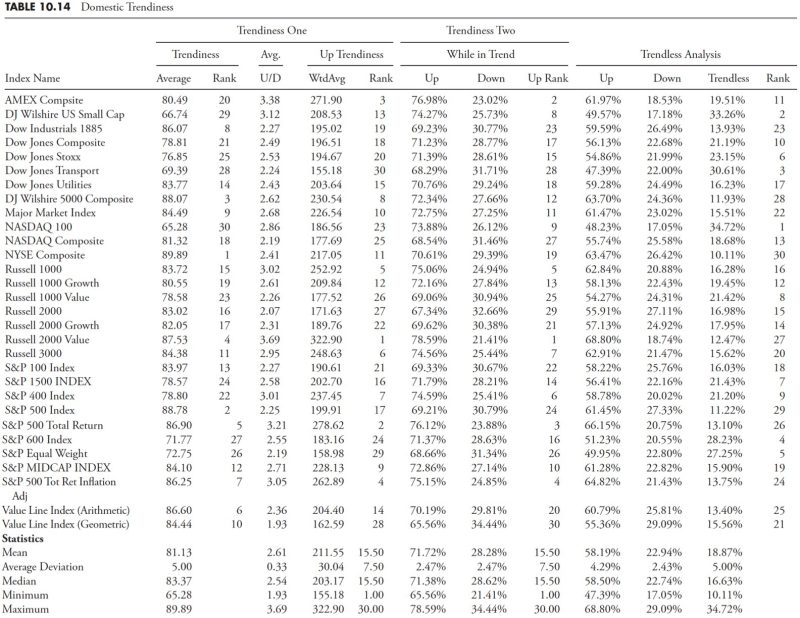
Unleashing Key Insights: The Exciting Continuation of Trend Analysis – Part 4 in Market Research and Analysis
In our continued exploration of trend analysis within the broader context of market research and analysis, we will delve deeper into the methodologies and implications surrounding this essential business tool.
Trend analysis isn’t just a convenient business jargon; it is an empirical method used to predict future outcomes based on historical data patterns. In the previous parts, we discussed basic trend analysis concepts, its crucial role in strategic decision-making, and essential steps involved. Now, let’s further explore this topic by examining more in-depth methodologies, prospective tools, and practical examples.
### Advanced Methodologies in Trend Analysis
Although simple graphical representation and regression analysis methods can often provide significant insights, more advanced techniques might be necessary in complex scenarios. Such methods include Time Series analysis, Econometric modeling, Auto-regressive Integrated Moving Average (ARIMA), and Machine Learning algorithms.
Time Series analysis, quite simply, involves comparing the same variable at different points in time. Its simplicity, however, belies its power—an effective time series analysis can reveal underlying patterns such as trends and seasonality that could signify significant market events.
Econometric modeling, on the other hand, ventures into the sphere of economics by accounting for economic structures and relationships in the data. It exploits the statistical relationship between different variables, making it especially useful for forecasting and policy appraisal.
ARIMA models, another quintessential trend analysis tool, are invaluable when the data exhibits non-stationary behavior, i.e., mean and variance change over time. ARIMA models are capable of managing complex dependencies between observations, making them perfect for financial and commodity markets.
Lastly, Machine Learning, with its ability to handle vast data sets with multiple features, offers trailblazing potential for trend analysis. Algorithms like Support Vector Machines, Decision Trees, Neural Networks provide exciting avenues for predicting and interpreting trends.
### Essential Tools for Trend Analysis
Trend analysis isn’t an independent endeavor; it is facilitated by a myriad of tools designed to streamline the process. Excel, with its basic trendline feature, serves as the primary tool for many businesses. Advanced statistical software such as SPSS, and SAS offer specialized trend analysis functions. Business intelligence tools like Tableau, QlikView, and Power BI have excellent visualization capabilities, making complex trend interpretation an easier task. Lately, Python and R have morphed into indispensable trend analysis tools due to their advanced analytical capabilities and machine learning libraries.
### Practical Examples of Trend Analysis
While theoretical knowledge serves as a robust foundation, real-world examples help cement understanding. Consider the retail industry, where trend analysis is used to monitor sales of specific products over time, understand seasonality, and predict future sales.
For instance, a clothing brand might identify increased sales of jackets every winter and swimsuits every summer, helping them plan inventories and sales strategies in advance.
In financial markets, trend analysis is an instrumental tool used by traders and equity analysts to forecast stock price movements. Patterns and trends identified in price and volume data can indicate potential buying/selling opportunities.
In the tech industry, trend analysis can determine the popularity and future demand for different tech skills, helping businesses pivot their offerings and retrain their workforce.
In conclusion, while trend analysis may appear daunting initially, its potential for enabling informed business decisions is unparalleled. By understanding and effectively implementing advanced methodologies, using the appropriate toolset, and gaining insights from practical applications, businesses stand to reap huge benefits. These range from fortified strategies, nuanced market understanding, predictive capabilities, to ultimately staying ahead of the curve.
